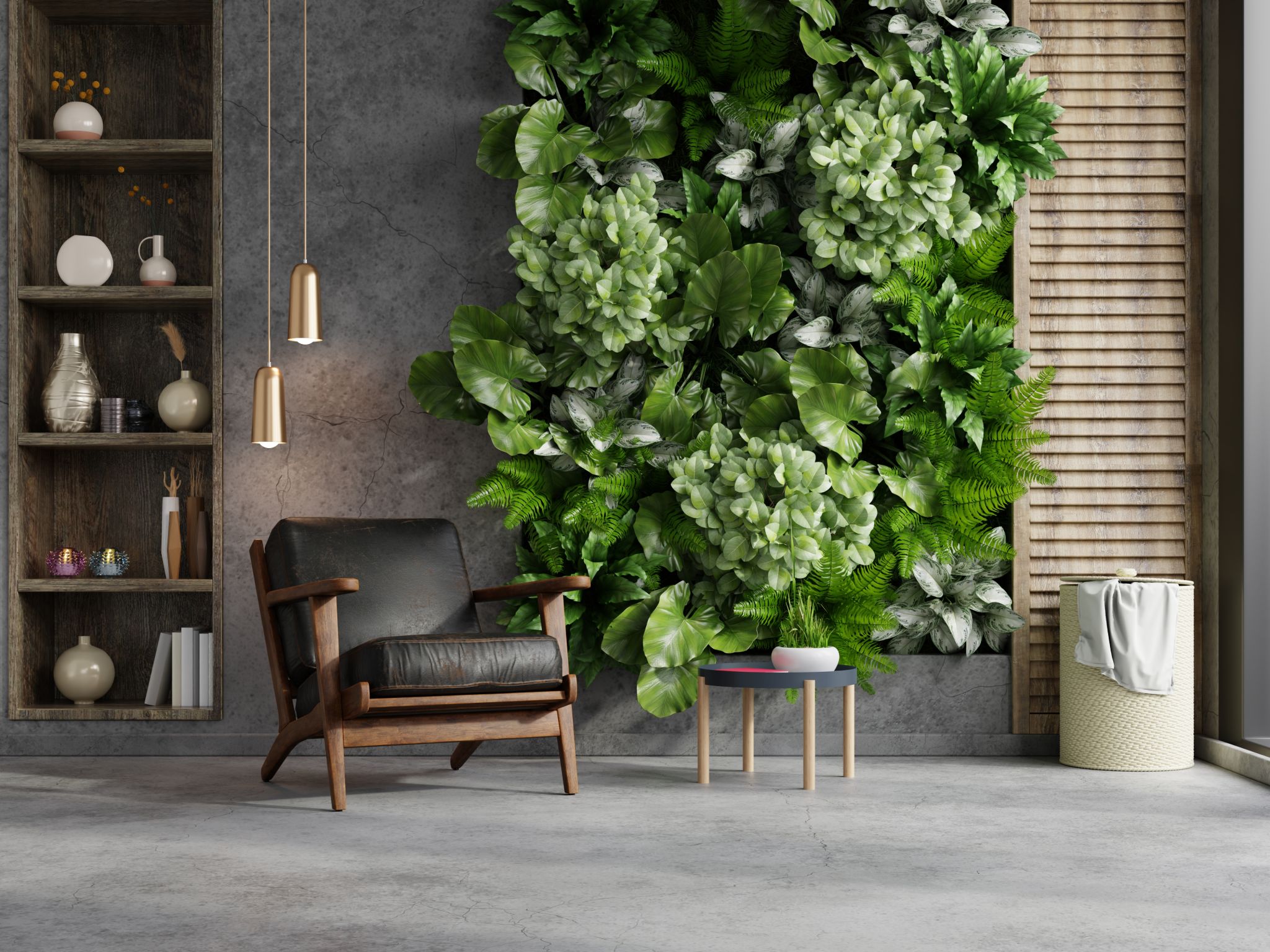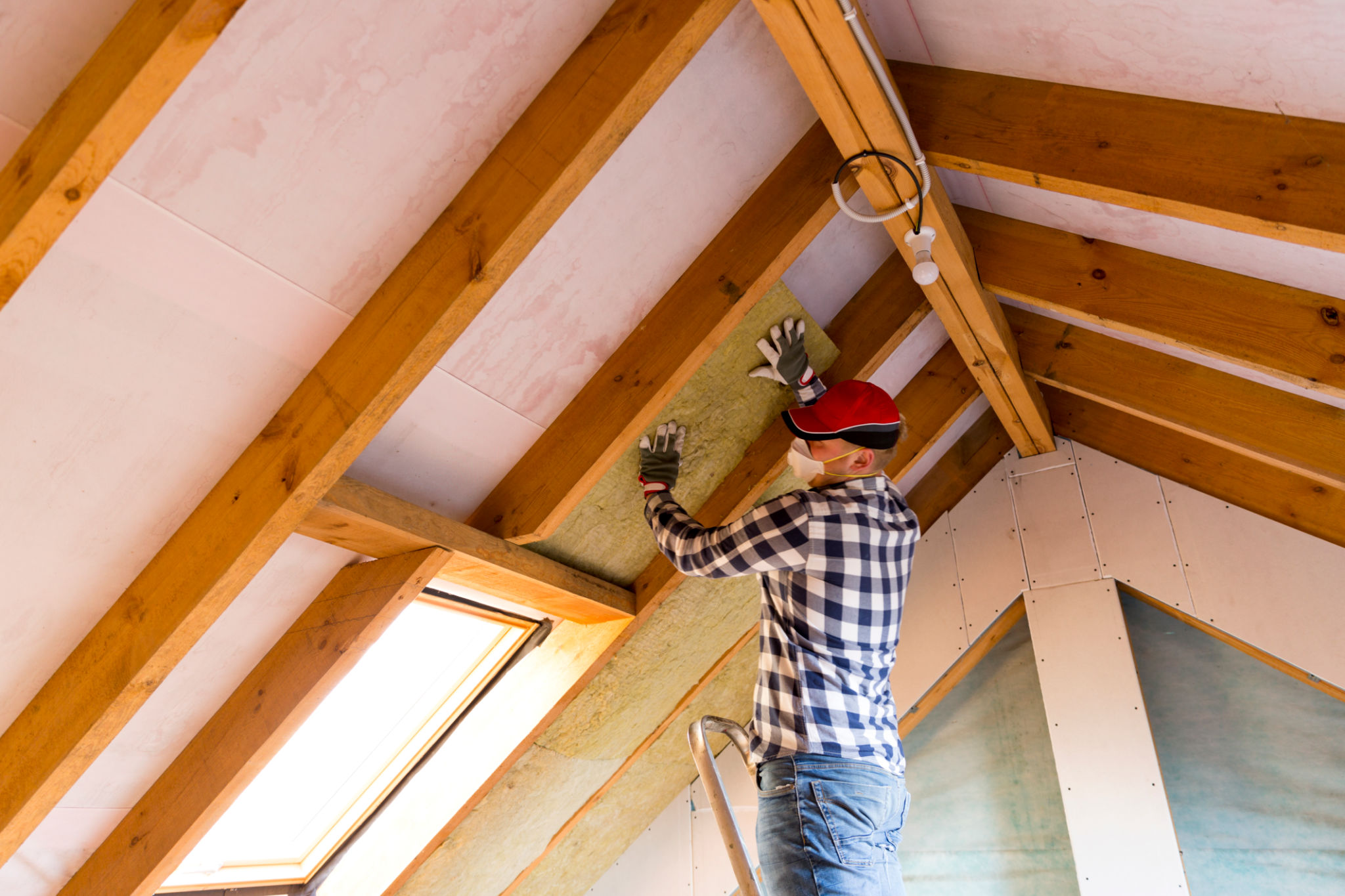Busting Common Myths About Sustainable Interior Design
Understanding Sustainable Interior Design
Sustainable interior design is often surrounded by misconceptions that can deter individuals from making environmentally friendly choices. Understanding the truth behind these myths is essential to creating spaces that are both beautiful and eco-conscious. In this post, we will debunk some of the most common myths associated with sustainable interior design.

Myth 1: Sustainable Design Is Too Expensive
A prevalent belief is that sustainable interior design is prohibitively expensive. While it's true that some eco-friendly materials and products may have a higher upfront cost, they often prove to be more cost-effective in the long run. Energy-efficient appliances, for instance, can significantly reduce utility bills. Additionally, many sustainable options are becoming more affordable as they gain popularity and technology advances.
It's also worth noting that sustainable design prioritizes quality over quantity, encouraging investments in durable materials that stand the test of time. This approach can lead to savings by reducing the need for frequent replacements or repairs.
Myth 2: Limited Aesthetic Choices
Another common myth is that sustainable design limits your aesthetic choices. However, this couldn't be further from the truth. The world of sustainable design offers a vast array of styles, colors, and textures. From rustic reclaimed wood to sleek recycled glass, the possibilities are endless.

Designers today are adept at creating stunning spaces that are both environmentally friendly and visually appealing. Whether you prefer modern minimalism or classic elegance, sustainable design can cater to your tastes without compromising on style.
Myth 3: Sustainable Design Is Only About Materials
While choosing eco-friendly materials is a crucial aspect of sustainable interior design, it encompasses much more than just the materials used. Sustainable design also involves energy efficiency, waste reduction, and indoor environmental quality. This holistic approach ensures that every aspect of a space contributes to its sustainability.
- Energy-efficient lighting and appliances
- Water-saving fixtures
- Improved indoor air quality through non-toxic paints and finishes
Myth 4: It's Only for New Builds
Some people believe that sustainable interior design is only applicable to new constructions. However, existing buildings can also benefit significantly from sustainable practices. Retrofitting a space with energy-efficient windows, insulation, and renewable energy sources like solar panels can drastically reduce its environmental impact.

Moreover, repurposing and upcycling existing furniture and decor items can give new life to old pieces while minimizing waste. This approach not only promotes sustainability but also adds character and uniqueness to a space.
Myth 5: Sustainability Means Compromise
A common misconception is that opting for sustainability means compromising on comfort or functionality. In reality, sustainable design focuses on enhancing the quality of life by creating healthier and more efficient living environments. By choosing non-toxic materials and improving air circulation, sustainable interiors contribute to better health outcomes for occupants.
Moreover, many sustainable products are designed with functionality in mind, ensuring that they meet or exceed the performance of their conventional counterparts.
The Future of Sustainable Interior Design
As awareness of environmental issues continues to grow, so does the demand for sustainable interior design solutions. By debunking these myths, we hope to encourage more people to explore the benefits of sustainable living. Embracing eco-friendly design practices not only helps protect our planet but also creates spaces that are healthier, more comfortable, and uniquely tailored to individual tastes.
Incorporating sustainable elements into your interior design doesn't have to be daunting or restrictive. With a wealth of options available and a growing community of knowledgeable designers, creating beautiful and sustainable spaces is more achievable than ever.
